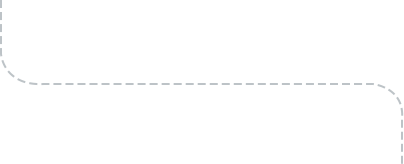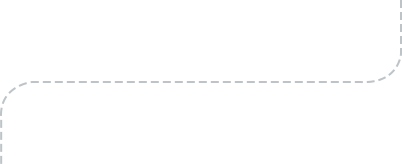

Project Goals
Objectives:
- Develop more robust features
- Establish target market
- Identify needs of target market
- Develop solutions for user needs
Constraints:
- No software
- Sketches only
- In-person user testing

- Identifying target market
- Creation of research protocol
- Questions to elicit want and needs
-
Conducting research sessions
- One on One
- Skype/mobile
- Focus groups
Narrative:
Vera and Jorge want to take their simple to-do mobile application, ReminderX, to the next level,

- Workflows
- Wireframes
- User journey
- Stakeholder feedback
- Iterate design based on feedback
- Annotate iterations

- Creation of test materials
- Conducting user testing
- Scheduling test sessions
- Capturing data effectively
- Draft final design deliverables
- Iterate incorporating feedback
- Compile final report documenting process

Process
Results
Research Protocol:
Instead of using standard questions, the research protocol was tailored to the needs of ReminderX. All questions were carefully considered to elicit useful information to be utilized in the design process.
User-Centered Design:
By developing a comprehensive research protocol tailored to the end user, I was able to built an application based on their wants and needs. Instead of biasing the design with my personal input, I listened to the users.
Deliverables:
With this UX project, I was able to create an application catering toward on the go, busy individuals based on their feedback. The sketches created were revised to address specific pain points in my process
Lessons
Conducting Research:
This project allowed me to interact with and lead user feedback sessions in multiple ways: digital/Skype sessions, group sessions, and one-on-one sessions. The dynamic in each of these sessions was very different and it forced me to change my approach. No session was identical.
User-Centered Design:
Since I created the application and ran the user testing, I encountered feedback that pointed out my own mistakes when creating the application. It was a definitely a humbling moment, as I thought I had creative, elegant solutions that considered nearly everything. However, in session one, I failed to consider damage that may occur to someone's mobile device if flicked or thrown by accident. These moments were excellent: they taught me the value of running user testing with an open mind.